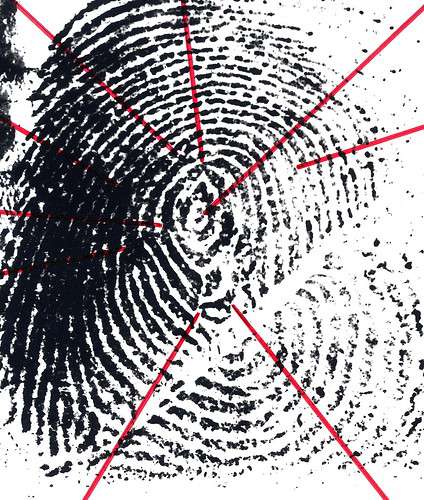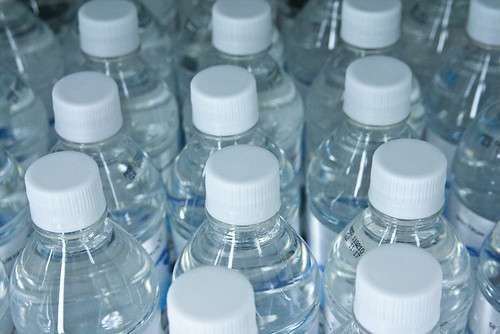
NIR spectrophotometric technology expands your ability to identify and sort resins and are playing a critical part in plastics recycling efforts. Image Source: Flickr user Peter Kaminski
Recycling used to be reserved for the environmentally devoted, requiring special trips to the recycling station where we carefully sorted plastic from glass from paper. Today, recycling is standard operating procedure, as evidenced each Sunday night when my street becomes lined with recycling bins full of soda bottles, margarine tubs, and take-out containers. While most don’t know exactly what happens to those plastics once they are trucked away, we tend to believe that it’s something good – something useful and productive. At the very least, we believe that recycling actually happens.
Too often, however, our efforts are in vain and the plastics we so dutifully placed on the curb end up in landfills along with the rest of our trash; out of the 33.6 million tons of plastic discarded in the United States each year, only 6.5% is recycled.1 In fact, major companies like Coca-Cola and Walmart, who have made public commitments to increasing use of recycled plastics, are struggling to find a supply of post-consumer plastics; it simply isn’t available in the quantities needed.2
One of the primary reasons for this low recycling rate is the fact that sorting recycling post-consumer resins is often a labor-intensive process that requires more resources than many processing facilities currently have available to them. As Edward A. Bruno writes:
In order to recycle plastic into usable resins with the desired characteristics, a pure stream of resin categorized waste must be achieved. Companies that buy recycled resins want those recycled resins to have the same characteristics as virgin resins. Otherwise, it is not efficient to use recycled materials.3
Distinguishing between types of plastics to ensure purity has typically been done via visual inspection of plastics labeling, requiring training and man-hours to ensure resin purity and guard against contamination that renders the plastic unusable. Even when a plastics sorting labor force is available, the condition of post-consumer plastics often makes labels illegible, as the product has been “crushed, cracked, or covered.” As such, more sophisticated resin identification and sorting methods are needed to allow for the recycling of an ever-growing amount of plastics.

Each type of plastic has unique spectral characteristics that act as fingerprints. Image Source: Flickr user Vince Alongi


